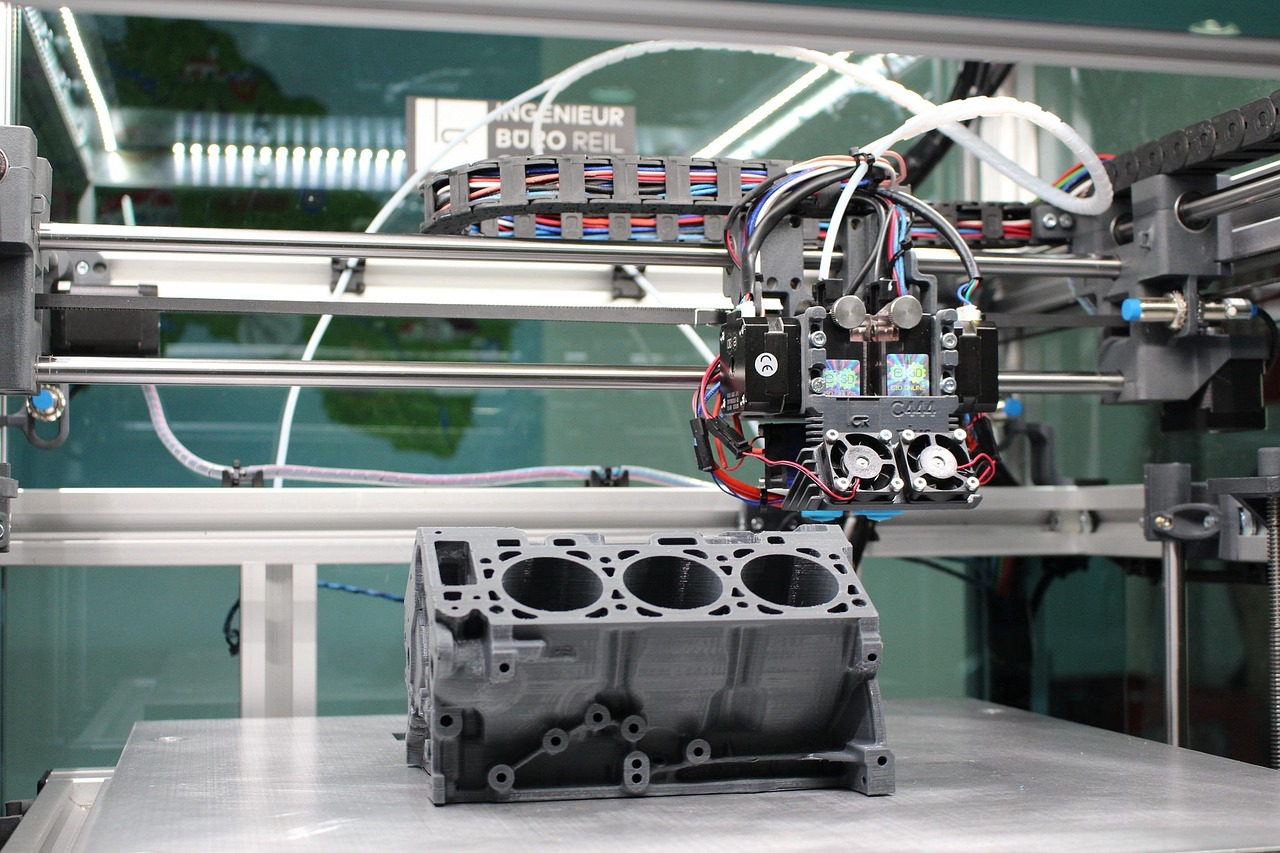Advancing Productivity with Cellular Manufacturing: An In-Depth Analysis
Introduction: Productivity is the lifeblood of any industrial operation, and finding ways to increase it is a constant undertaking. One such approach, not so widely explored, is cellular manufacturing. In this article, we will delve into what this strategy entails and how it can potentially boost productivity and efficiency in industrial environments.

A Glimpse into Cellular Manufacturing
Cellular manufacturing is an approach to production layout where similar products or components are grouped together for processing in a specified area, or ‘cell’. The concept stems from the 1980s when Toyota introduced its Production System, focusing on minimizing waste and maximizing efficiency. Cellular manufacturing follows the same principle, aiming to reduce movement and waiting times, thereby increasing productivity.
Embracing the Cellular Approach: Current Trends
Despite being an older concept, cellular manufacturing is gaining new ground in today’s business landscape thanks to its potential for enhancing efficiency. Businesses are increasingly recognizing the value of this strategy, with companies like Bosch and Siemens leading the way. By breaking down their production lines into cells, they have achieved marked improvements in productivity and lead times.
Impact of Cellular Manufacturing: Pros and Cons
Just like any business strategy, cellular manufacturing comes with its own set of benefits and challenges. On the positive side, it can lead to reduced waste, inventory costs, and lead times, while promoting better communication and teamwork within cells. However, the transition to cellular manufacturing can be complex, requiring careful planning and potentially significant operational changes.
Backed by Research: The Numbers Don’t Lie
A study conducted by the Journal of Manufacturing Systems revealed that implementing cellular manufacturing led to a 15% increase in productivity and a 30% decrease in lead time. This compelling evidence underscores the potential of cellular manufacturing as a productivity-enhancing strategy.
Digging Deeper: The Role of Leadership
Successful implementation of cellular manufacturing requires strong leadership. Leaders must be willing to push for change and support their teams during the transition. This includes providing necessary training and fostering a culture that embraces the new approach.
Gaining an Edge with Cellular Manufacturing: Practical Insights
- Identify potential areas for implementing cellular manufacturing. Look for production lines where similar products or components are produced.
- Involve your team in the planning process. This can increase acceptance of the new approach and foster a sense of ownership.
- Provide adequate training to ensure all team members understand the principles of cellular manufacturing and their role within it.
- Be patient. The transition to cellular manufacturing may take time, but the potential benefits make it worth the effort.
In conclusion, cellular manufacturing presents an exciting opportunity for businesses to boost productivity. Although it comes with its own set of challenges, its potential benefits make it a strategy worth exploring. By understanding what it entails and how to implement it effectively, businesses can take a significant step towards enhancing their operational efficiency.





